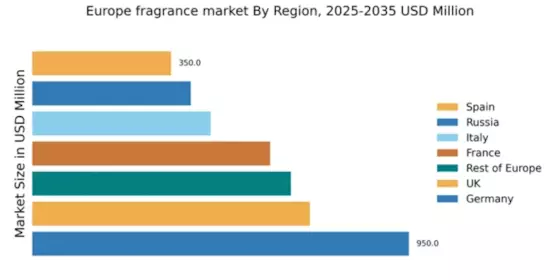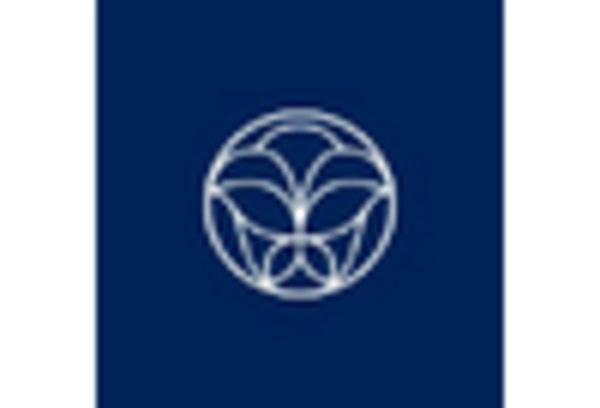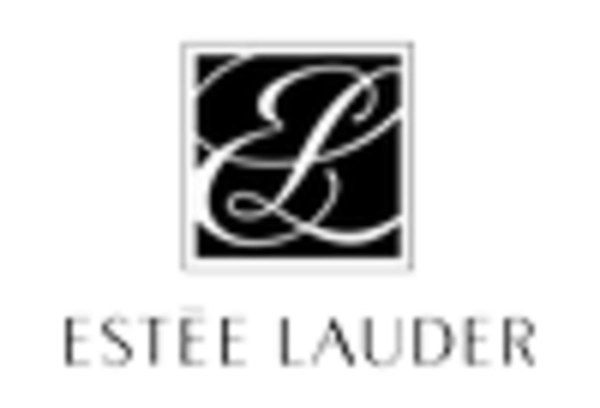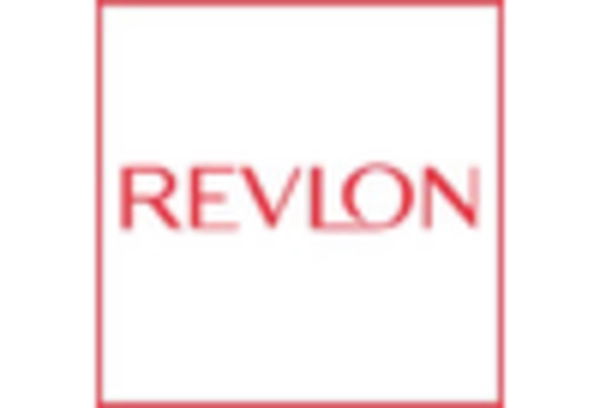Influence of Social Media
The fragrance market in Europe is significantly influenced by social media platforms, which serve as vital channels for brand promotion and consumer engagement. With the rise of influencers and beauty bloggers, fragrance brands are leveraging these platforms to reach wider audiences. Recent statistics indicate that around 60% of fragrance purchases in Europe are influenced by social media interactions. This trend underscores the importance of digital marketing strategies in shaping consumer perceptions and driving sales. Brands that effectively utilize social media to create engaging content and foster community connections are likely to thrive in the competitive landscape of the fragrance market.
Health and Wellness Trends
The fragrance market in Europe is increasingly intersecting with health and wellness trends, as consumers become more conscious of the ingredients in their personal care products. There is a growing demand for natural and organic fragrances, with consumers seeking products that align with their health-conscious lifestyles. Data suggests that the market for natural fragrances has seen a growth rate of approximately 15% annually. This shift towards wellness-oriented products is prompting brands to reformulate their offerings, ensuring transparency and sustainability in ingredient sourcing. As a result, the fragrance market is evolving to meet the expectations of health-conscious consumers, potentially leading to new product innovations.
Evolving Consumer Preferences
The fragrance market in Europe is currently experiencing a shift in consumer preferences, with a growing inclination towards personalized and unique scents. This trend is driven by a desire for individuality and self-expression, leading to an increase in demand for bespoke fragrances. According to recent data, approximately 30% of consumers in Europe express interest in customized fragrance options. This evolving consumer behavior is prompting brands to innovate and diversify their product offerings, thereby enhancing competition within the fragrance market. As consumers become more discerning, brands that can effectively cater to these preferences are likely to gain a competitive edge, potentially reshaping market dynamics.
Regulatory Changes and Compliance
The fragrance market in Europe is subject to stringent regulations regarding ingredient safety and environmental impact. Recent regulatory changes have heightened the focus on compliance, compelling brands to adapt their formulations and practices. This regulatory landscape is designed to protect consumers and promote sustainability, but it also presents challenges for manufacturers. Companies that proactively embrace these regulations and invest in compliance measures may find opportunities to differentiate themselves in the market. As the fragrance market continues to evolve, adherence to regulatory standards will likely become a key driver of brand reputation and consumer trust.
Economic Factors and Consumer Spending
Economic conditions play a crucial role in shaping the fragrance market in Europe. As disposable incomes fluctuate, consumer spending on luxury items, including fragrances, is directly impacted. Recent economic reports indicate that the European luxury goods market, which includes fragrances, is projected to grow by 5% annually. This growth is indicative of a recovering economy, where consumers are more willing to invest in premium fragrance products. Brands that can effectively position themselves within this economic context, offering value and quality, are likely to benefit from increased consumer spending in the fragrance market.


















Leave a Comment